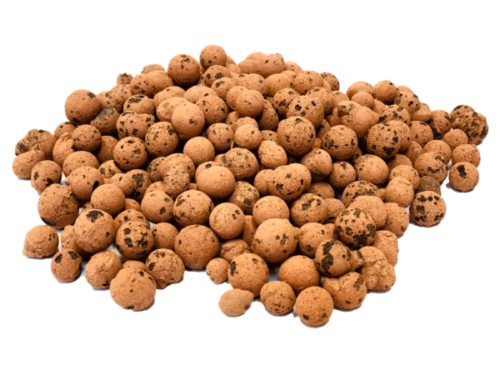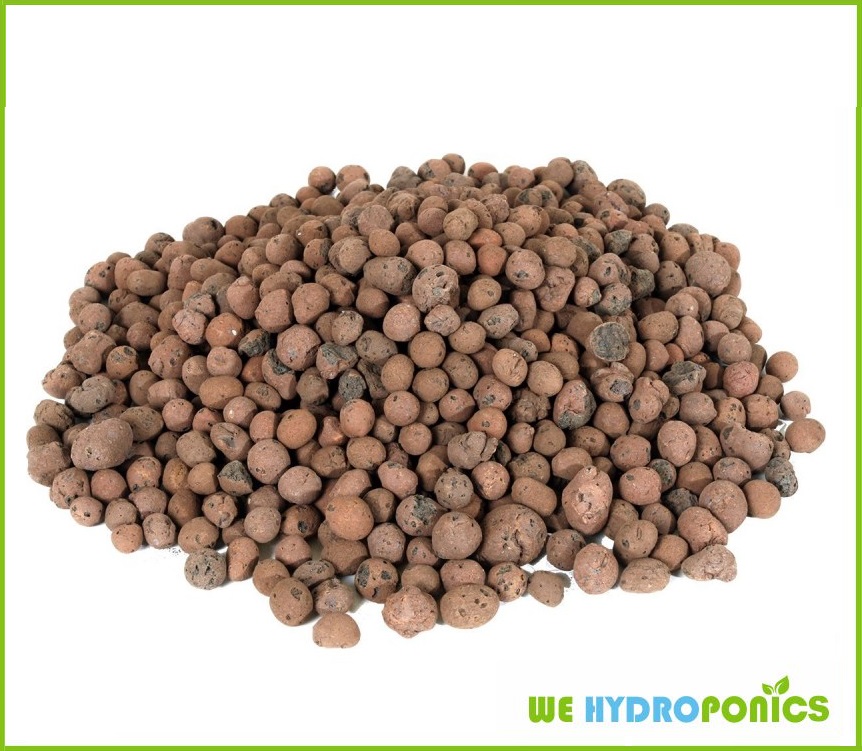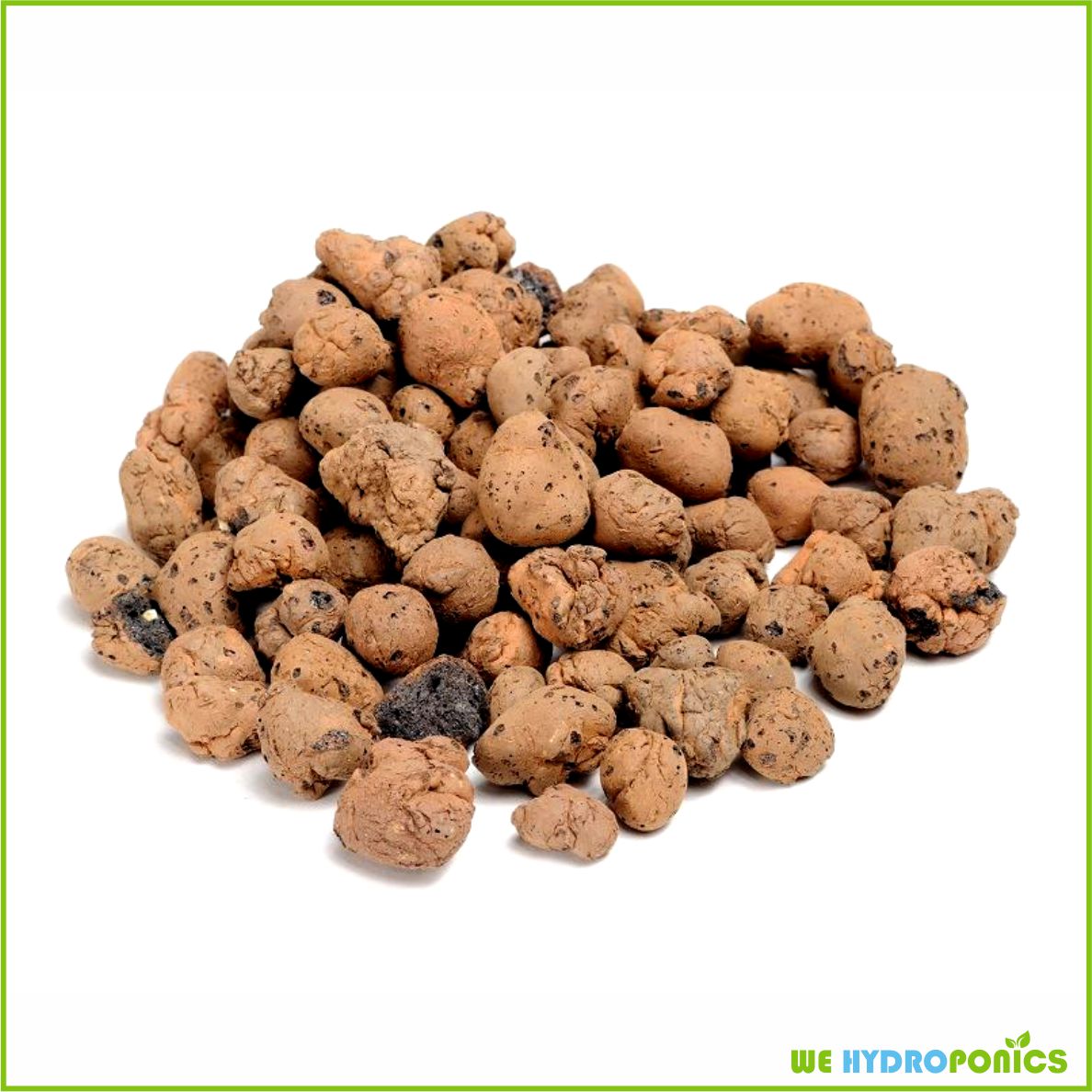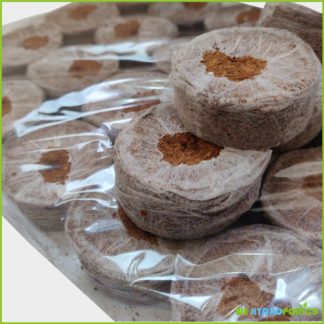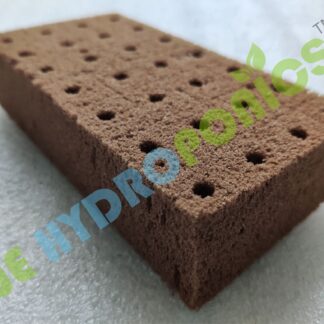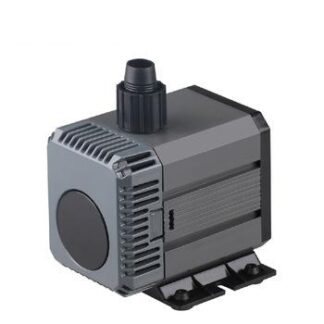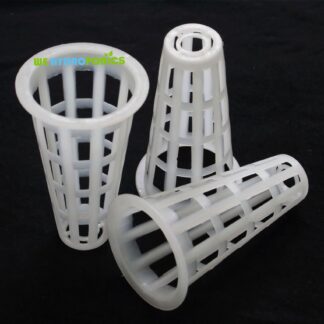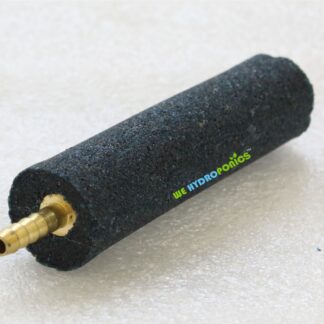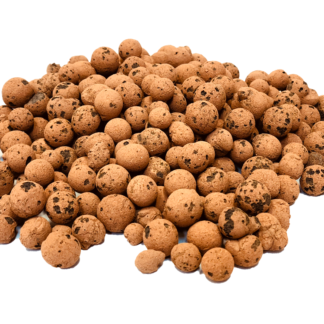Description
Expanded clay pebbles or LECA resemble oddly shaped, semi-rounded pieces of clay-colored popcorn. The high-heat popping during the manufacturing process gives the medium its large, airy macro-pores (spaces between each piece of expanded clay), in addition to its micro-pores, which are contained within each piece of expanded clay.
Horticultural clay pebbles are made from 100% natural clay. They are clean, pH stable, and offer great aeration and drainage in hydroponics, especially in flood and drain, deep water culture, and drip feed systems. Due to their unique structure and ability to cover a large surface area, they offer the ideal environment to foster beneficial bacterial growth around the root zone, leading to naturally healthier plants.
Drain freely and do not hold any excess water, providing good oxygen levels around the root; suitable for flood and drain systems, multi-pot and drip feed systems.

